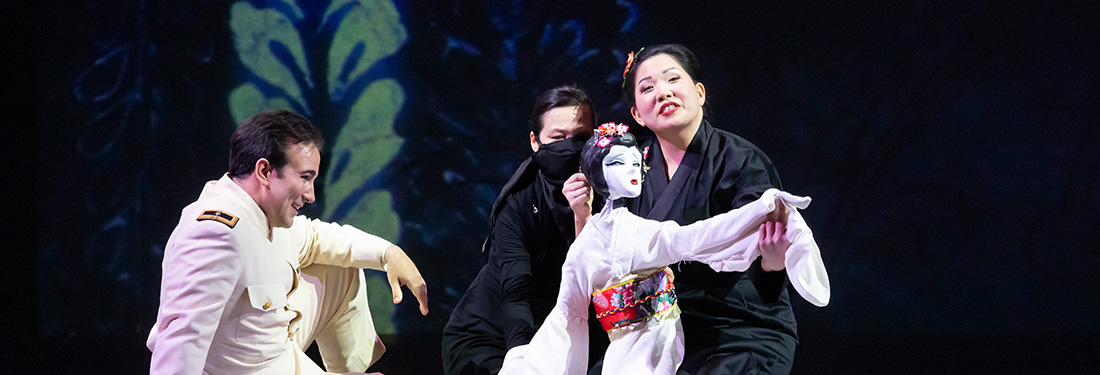
“The (R)evolution of Steve Jobs is inspired by the life and creative spirit of Steve Jobs and does not purport to depict actual events as they occurred or statements, beliefs, or opinions of the persons depicted. It has not been authorized or endorsed by Apple Inc., the Estate or Family of Steve Jobs, or by any persons depicted.”
With that caveat, Bay Area composer Mason Bates’s and librettist Mark Campbell’s contemporary opera about the life of the tech mogul Steve Jobs came home “to the place where it all began” in spectacular fashion as it received its premiere at War Memorial Opera House on Friday September 22nd. It is the first of the unprecedented three Bay Area premieres of San Francisco Opera co-commissions in a single season.
Co-commissioned by San Francisco Opera, Santa Fe Opera and Seattle Opera with support from Cal Performances and co-produced with the Jacobs School Music at Indiana University, The (R)evolution of Steve Jobs was first presented in Santa Fe in July 2017, with Edward Parks, Sasha Cooke, Wei Wu, Garrett Sorenson and Jessica Jones originating the roles of Steve Jobs, Laurene Jobs, K?bun Chino Otogawa, Steve Wozniak and Chrisann Brennan respectively. (Only Cooke and Wu returned for this production). The opera was originally scheduled for San Francisco Opera’s 2020 Summer season (with the original cast) following the presentations at Indiana University and Seattle Opera beforehand, unfortunately Covid-19 pandemic pushed the plan back by three years. Meanwhile, a different production by Tomer Zvulun began making round last year beginning with Austin Opera in February, followed by Lyric Opera of Kansas City, Atlanta Opera, Calgary Opera and Utah Opera last May. Additionally, a live recording of the Santa Fe Opera was released on Pentatone in 2018 and won the 2019 Grammy Awards for Best Opera Recording.
On a personal note, I missed the Santa Fe Opera premiere for the opera, but I managed to catch Atlanta Opera’s smaller scale but equally illuminating production, where I was first introduced to the two principals of SF Opera, namely baritone John Moore and tenor Bille Bruley as Steve Jobs and Steve Wozniak, in the same roles.
The multi-hypenated Bates – composer, DJ, curator – is acclaimed for his unique integration of electronic sounds in his compositions, so it was no surprise that The (R)evolution of Steve Jobs was billed as “a 90-minute electro-acoustic opera in one act which follows the titular tech mogul through a series of non-linear flashback episodes”. In the Composer’s Note on the program, Bates described his approach in adapting the story as he said: “The (R)evolution of Steve Jobs explodes the concept of Wagnerian leitmotifs – the melodies assigned to various characters – into soundworlds. Each character in this opera walks onstage with not only a theme but an entire sonic identity. As they interact, their musics (sounds) collide, blending almost as if mixed by a DJ. The music of Steve Jobs is a quick silver blend of orchestra and whirring electronica, the latter of which was partly built using samples of Mac gear (spinning hard drives, key clicks, charming whizzes and beeps).” In his article titled “Circling Around Steve Jobs” on the program notes, James M. Keller detailed this even further: “His wife, Laurene, is accompanied by stately ‘oceanic harmonies,’ his girlfriend Chrisann by flutes, his business partner Steve Wozniak by saxophones, his Buddhist mentor K?bun Chino Otogawa by gongs, Tibetan singing bowls, and the veiled tones of an alto flute.”
This resulted in a musical landscape that at times jarring and ethereal, harrowing and beautiful, with a marked propensity for moving forward in an almost breakneck speed. The whole opera felt like one gigantic tone poem (think Richard Strauss’ Also sprach Zarathustra) and the 18 scenes (plus the Prologue and Epilogue) blended seamlessly, yes, like a DJ mix. By listening to the score alone, there’s definitely no mistaking what the subject of the opera was! For these performances, Bates even performed the electronics from two MacBook Pros in the pit. However, this didn’t mean that the score was all one-dimensional “techie” soundtrack, for Bates imbued the Otogawa’s scenes and the calligraphy class scene, for example, with Eastern music sensitivity, recalling to mind the prolific American composer Alan Hovhaness.
Despite the seemingly techiness of the score, Campbell put the focus squarely on Jobs the person, his personal and professional life – the good, the bad and the ugly. Core to the story was the Zen Buddhism concept of ens?, a circle drawn in a one stroke (or two) to represent enlightenment, first introduced in Scene 4 (“calligraphy class”). The circle concept seemed to be the guiding principle for the opera as well, as both the Prologue and Epilogue depicted the moment in 1965 where Paul Jobs presented his ten-year-old Steve with a wooden workbench as a birthday gift. Even further, with that principle the 18 non-linear scenes became a series of flashbacks, a collection of reverie of defining moments in Jobs’ life that made him who he was (and like any reverie, it explained the nonlinearity of the story). Pretty much every single scene dealt with Jobs’ interactions, either with his father (in the Prologue/Epilogue), his friend, his girlfriend, his wife or with his spiritual teacher – resulting as an operatic character, Jobs was extremely well defined, maybe to the detriment of the seemingly half-baked personifications for the rest of the cast. Only the Yoda-like Otogawa received somewhat detailed depiction with his witty throwaway lines.
The rather unfortunate effect of the caveat above was also that the story seemed lack of any detailed descriptions of the technology, the thing that made Jobs the visionary that he was, especially since there were no mentions of any Apple products (or even the word “Apple” itself) in the libretto. Only during the brilliant “One Device” scene in Act 1 – an amazing reenactment of the historic January 9th 2007 Keynote Speech that Jobs gave at Moscone Center (in San Francisco) that introduced iPhone (see below) – the audience clearly knew what product it referred as “One Device”; other times the references were much subtle. Personally, I found this omission rather regrettable, especially since Laurene sang in the final scene (“Memorial Service”) that “while Steve will be lionized and demonized, no one can deny his influence on the world” without the opera itself gave many hints of such influence. I hope this review would also serve as a warning to any Apple fans who approached the opera thinking it would glorify his Apple product successes!
Director Kevin Newbury, working closely with set designer Victoria (Vita) Tzykun, fully embraced the marriage between music and technology with their extraordinary staging for The (R)evolution of Steve Jobs, once again paying close attention to the circle concept with its aesthetic ideas of elegance and simplicity. The sets were essentially just 6 white panels moved by 16 invisible stagehands that had built-in lights and served as displays for projections. Moveover, those panels moved and rotated efficiently in a well-choreographed movements – yes, most of the times in a circular motion – throughout the opera, almost as if they were in a dance, resulting a nonstop action and seamless transitions between scenes that were super effective and matched the fast pace of the score. Other props (tables, chairs, Paul Jobs’ wooden workbench) were brought in and out when necessary to enhance the scenes in a discreet way.
For a story steeped in technology like this, projections were vital components for the staging and the London-based 59 Productions led by Benjamin Pearcy was trusted with the task. They certainly didn’t disappoint as they saturated those panels with everything from the Apps of an iPhone (for “One Device”) to sepia-color mountains to represent the hills around Cupertino where Jobs took long meditative walks. Japhy Weiderman completed the presentation with thin strips of LED lights above the stage that coupled with the built-in lights of those panels to illuminate the stage.
With all principals and chorus members on stage and the electronics and acoustic guitar in the pit were all amplified, shoutout had to be given to the sound designer and mixing engineer Rick Jacobsohn, who balanced all those moving elements with gusto. On Friday, I detected some sound imbalances in the beginning where the electronics and the orchestra drown the voices, particularly during the Prologue (Paul Jobs’s aria) and the first part of “One Device” scene in Act 1, but they were remedied almost immediately. Nevertheless, I couldn’t help but wonder how the mixing would sound, for example, during the livestream (on Wednesday September 27th, 7.30pm PT).
San Francisco Opera assembled a top-notch cast for this production, most of which were either veterans of the opera or even those originating the roles. As the turtleneck-loving title role, Moore truly made a dignified and commanding presence, both in his voice and specifically in his mannerisms. Jobs was practically on the stage the whole time in the opera, and Moore presented a multi-faceted character throughout, varied his tones from bombastic confidence (for “One Device” scene), childlike joy (for Scene 5) to angry outbursts during the extended Scene 12, where Jobs bitterly left the company. Even more captivating was his stage presence, in that aforementioned Scene 12 giving a harrowing look of a person who turned into a monster, lost his whole world and on the brink of a breakdown.
As his wife Laurene, Cooke demonstrated tenderness and expressiveness in the role, her beautiful voice soared over those “oceanic harmonies” particularly in her almost-Wagnerian soliloquy in Scene 16, where Laurene confronts Jobs and persuaded him to accept his illness and mortality. She was equally mesmerizing in the quiet final “Memorial Service” scene, where she reminded the audience to “look up and look around.”
Bruley brought bright timbre to the role of Woz, Jobs’ best friend and fellow Apple’s co-founder, portrayed him with almost childlike naivety and joy, and later traded it with a sense of desperation when he found out his best friend had changed. Current Adler fellow Olivia Smith impressed as Chrisann Brennan, making full use of her soprano to express her state of dejection after Jobs severed ties with her.
The other originating cast member Wu gave a stately persona to Otogawa. Bates gave the role punishingly low notes (reminiscence of Sarastro in Die Zauberflöte) and Wu performed them with aplomb all the while staying in his (ghostly) presence and throwing words of wisdom. In his hands, he didn’t let the role become a caricature, but retaining a sense of gentleness and nobility. Baritone Joseph Lattanzi and Adler Fellow Gabrielle Beteag completed the cast with their effective portrayals of Paul Jobs and the Teacher respectively.
Conductor Michael Christie, who also led the premiere in Santa Fe, brought vigor and precision to the reading, while maintaining the forward momentum of the score. The orchestra sounded extremely clear and exciting, with the emphasis on the individual instruments that accompanied each character. The SF Opera Chorus led by John Keenecontributed coherently, filling in for various roles.
The (R)evolution of Steve Jobs proved to be a great achievement for San Francisco Opera and an auspicious start to their 101st Season with the emphasis on new commissions. I’m also looking forward to Bates’ next opera project The Amazing Adventures of Kavalier & Clay (based on Michael Chabon’s 2001 Pulitzer Prize winning novel), which is scheduled to premier in Los Angeles next year, followed by The Metropolitan Opera the following season. There are only 4 more performances of this opera, you would be wise not to miss this extraordinary production, or at least, the livestream on September 27.
In the end, I leave you with words of wisdom by Laurene from the end of the opera, as she thought Jobs 2.0 would say “Please buy them, but don’t spend your life on them!”
Photos: Cory Weaver

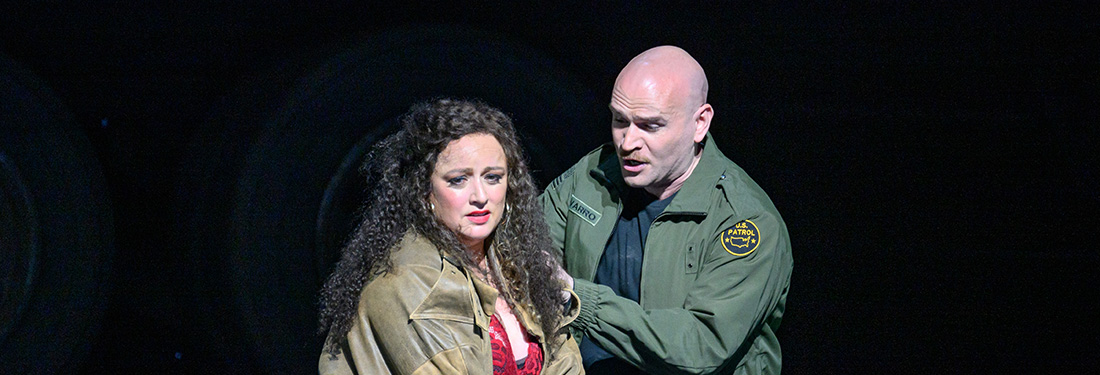
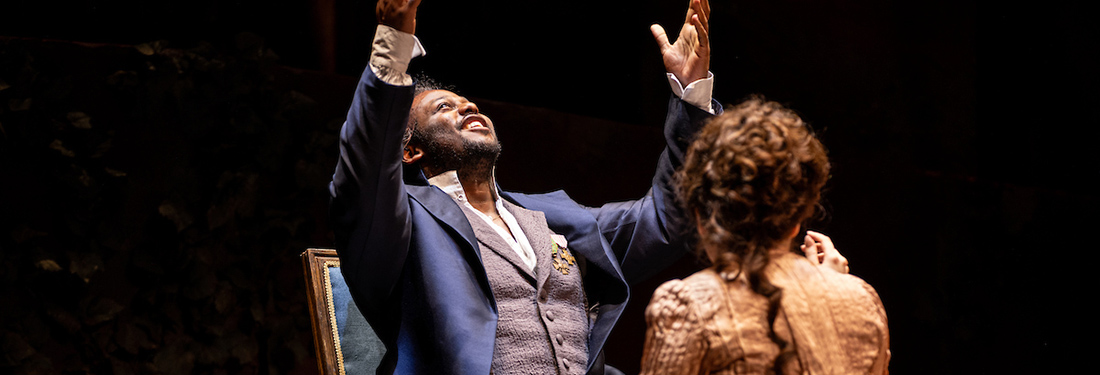
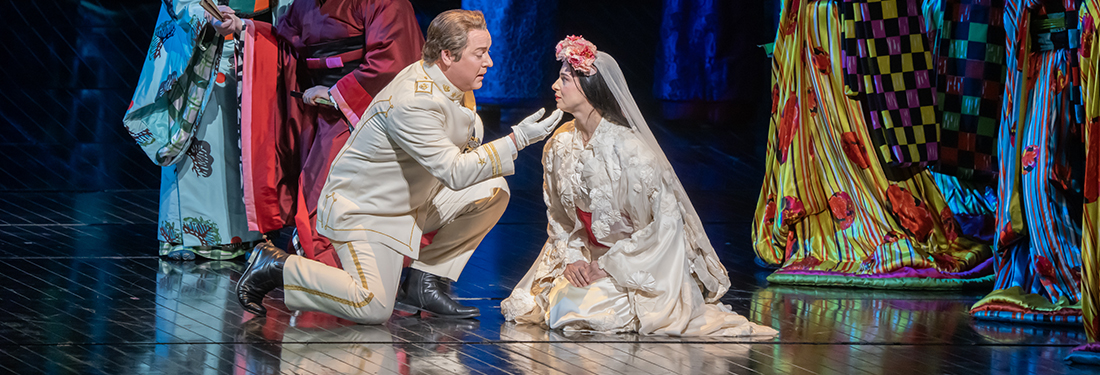
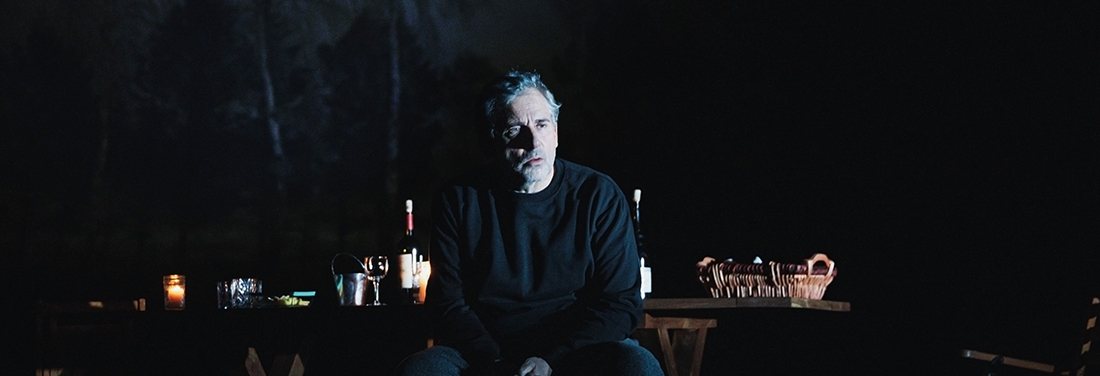
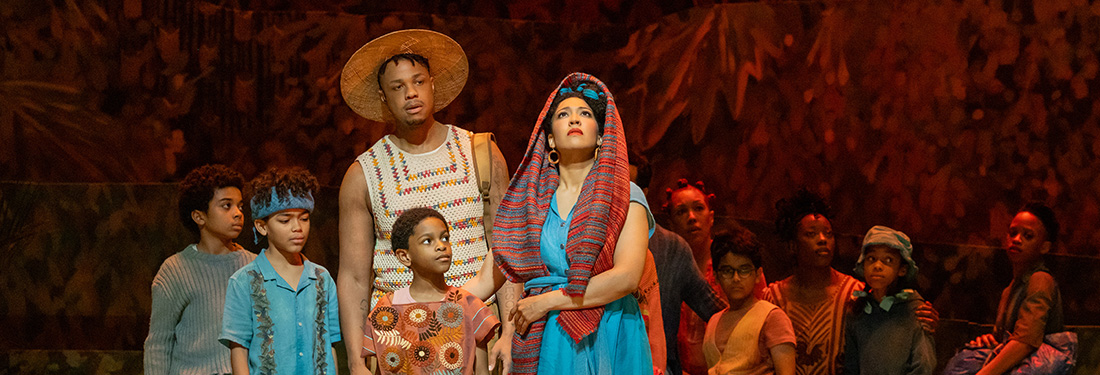





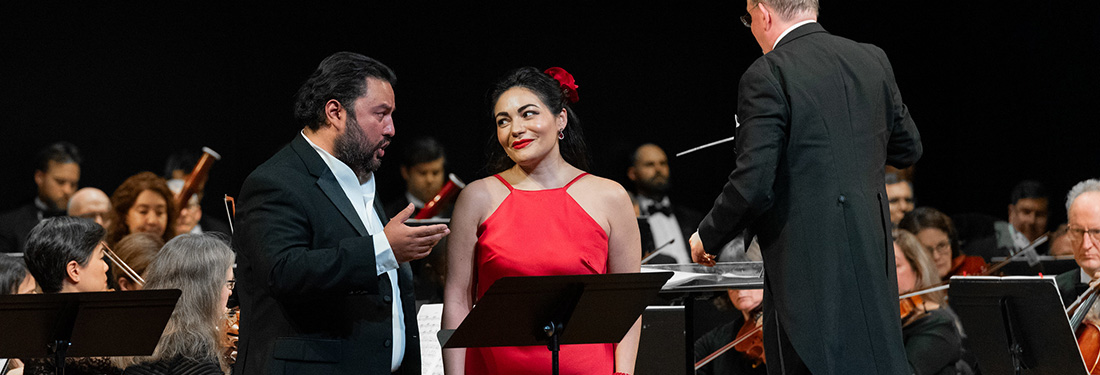
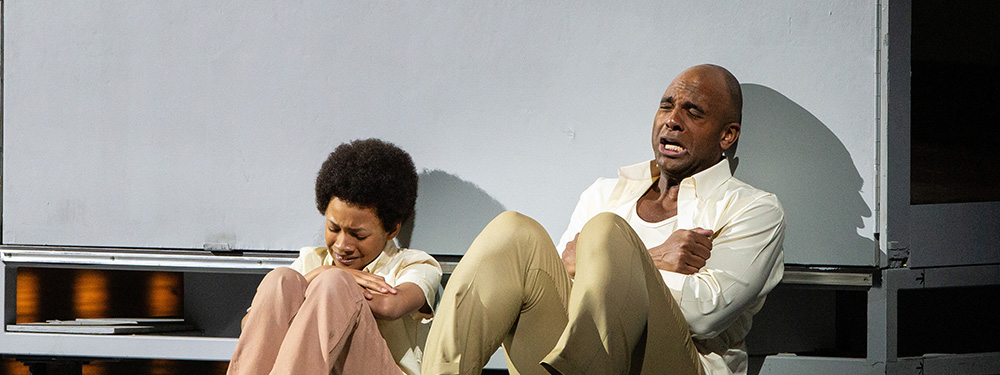
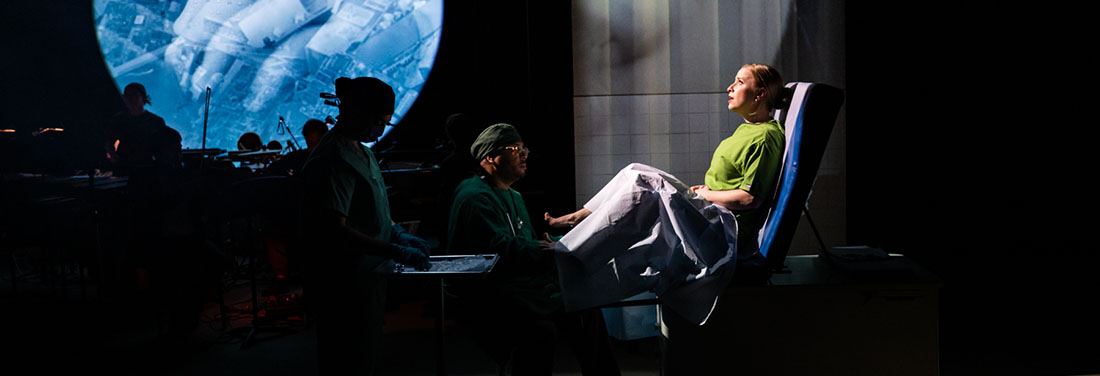
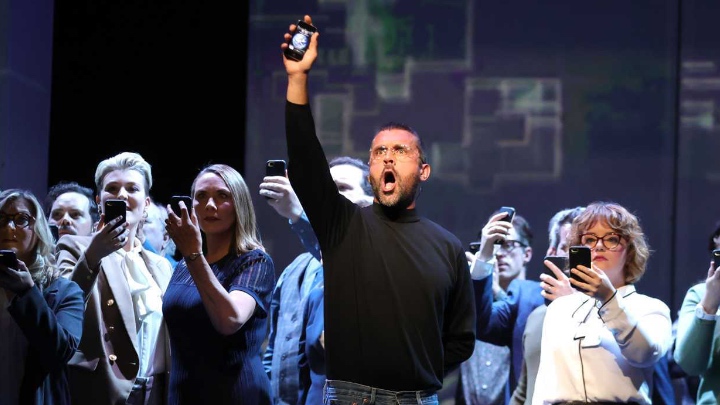
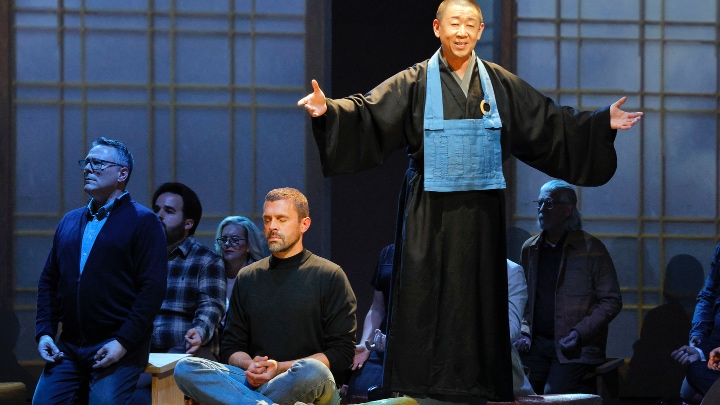

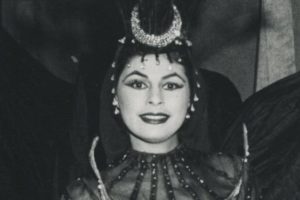


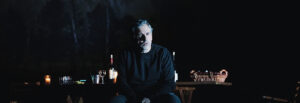




Comments